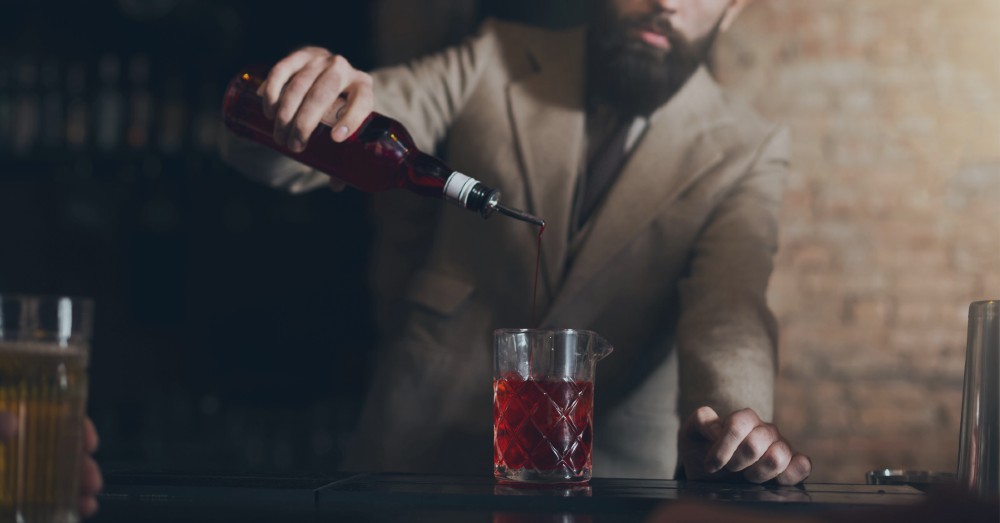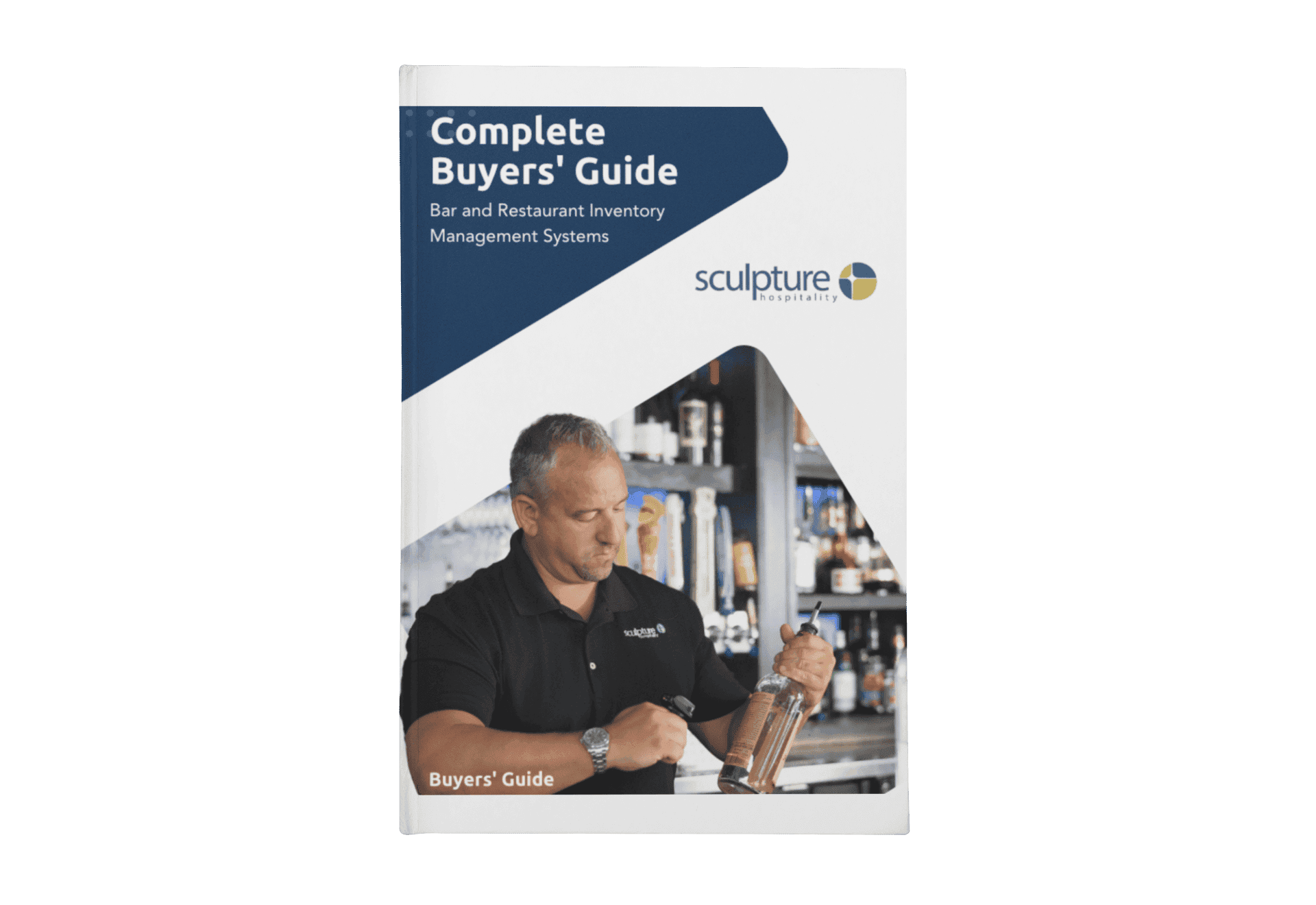Have you read our previous blog, "Bar Inventory: What is Pour Cost Percentage and How is it Calculated?", on what pour cost in your bar is and the formula you can use to calculate it?
If you answered yes, then you probably have a pretty good idea of why the pour cost metric is so important. But to recap, knowing your bar's actual pour cost will help you to make smarter inventory decisions that make your business more profitable.
The issue is, most bar’s don’t know their actual pour cost, and this prevents them from truly having the beverage inventory management data they need to analyze how their bar is performing compared to their ideal pour cost.
With that in mind, this blog is going to take a look at what ideal pour cost actually is, and why finding your actual, or ‘measured’, pour cost for each item on your menu is crucial for reducing bar inventory spend and driving profits.
What is ideal pour cost?
Ideal pour cost, also known as theoretical pour cost, refers to the exact amount of money it should cost a bar owner to serve a drink to a customer if there are no inventory losses along the way (from overpouring, missing inventory, product spoilage etc.).
To calculate ideal pour cost for each individual product that your bar sells, you need one simple calculation:
(Wholesale price of the product / retail price) x 100 = pour cost percentage
Or to figure out the ideal pour cost of your entire bar you can use the following calculation:
(Beginning inventory + purchases - ending inventory) ÷ monthly bar sales x 100
Keep in mind, there’s no single ideal pour cost that works for every bar. Your ideal pour cost will depend entirely on the type of business that you run.
Example - Imagine two bars that only sell Budweiser and both bars pay $1 per bottle. One is a dive bar that charges $3. Their ideal pour cost would be $1 ÷ $3 which is 33%. The other bar is a resort hotel that charges $4. Their ideal pour cost would be $1 ÷ $4 which is only 25%.
Why you need to know your actual pour cost to make this work!
It’s great to know your ideal pour cost, but if you don’t know what your actual usage is then there’s absolutely no way you will have insight into how your business is performing and how you can make changes that drive up profitability.
Having your ideal pour cost without having an actual pour cost to compare it to will cost your business a huge amount of money by covering up the areas where your bar is losing inventory.
When done correctly, ideal pour cost will factor in all unmeasured forms of usage such as spillage, overpouring, underpouring, missing inventory and liquor shrinkage.
That’s why for ideal pour cost to make a positive impact on your company’s profitability, it’s crucial that your bar knows its actual pour cost. So, how exactly do you measure this data? It all begins with successful bar inventory management.
Finding out your actual pour cost requires a beverage inventory management system that gives you insight into variance - also known as liquor shrinkage.
As we discuss in our blog, Bar Inventory Management: How to Reduce Liquor Shrinkage, variance in your bar refers to missing inventory. It uses the calculation of variance = total goods sold - usage to find where your inventory usage and POS sales data don’t match up.
To measure this data, you need to ensure that your bar is counting and weighing every inventory item during each accounting period to find out exactly how much of each product you are using, and how this compares to your POS sales data.
By using accurate inventory counts with bar inventory management software, you will be able to calculate your actual pour cost and compare this to what your ideal pour cost should be for optimized profitability. Once you know where missing inventory is occurring, you can educate your staff on where products are being wasted and how to prevent it from happening.
Need a hand to improve your pour cost?
The lower your actual pour cost percentage, the higher your bar’s profits will be - but it’s not easy to calculate these figures using conventional inventory counts and time-consuming manual spreadsheets.
That’s not because pour cost calculations are particularly difficult, in fact they are fairly straightforward, but it’s because finding inventory variance is difficult!
Sculpture Hospitality is able to remove any assumption in your inventory usage calculations through expert advice, regular inventory audits and our bar inventory management software that helps you to accurately measure your inventory usage in each accounting period.
Our software helps you to account for all inventory usage data (such as the below), so you have the KPIs on hand to become more profitable.
- Every drink mix recipe and ingredient quantity
- Every pour size
- All price levels (happy hour and regular prices)
- The measured total volume of open inventory on-hand
- Counted totals of unopened inventory
- Every purchased item and cost
- Every sale
- Every recorded comp and spill
Want to learn more about how ideal pour cost and actual pour cost analytics can help your business to become more profitable? Our team of local food and beverage inventory management experts would love to help. Get in touch with us today!











